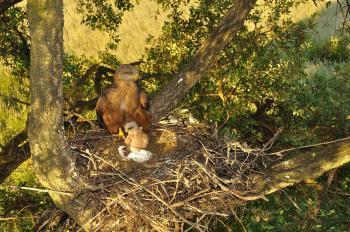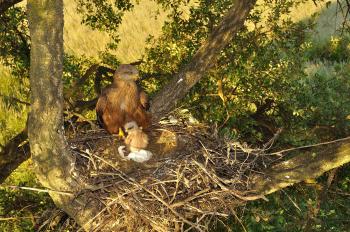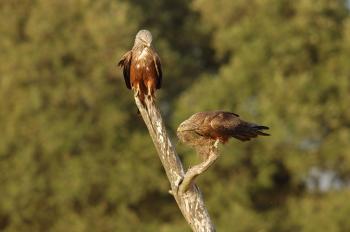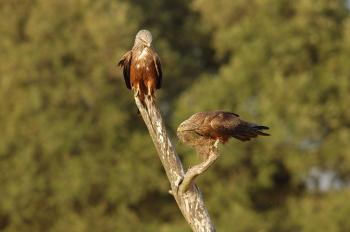Plastic Bags in Nest: ‘Keep Out!’
A bird of prey has been found to decorate its nest with white objects as a warning to other birds in the same species.
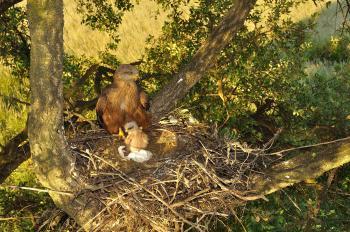
Decorated nest of an 11-year-old kite. At this age kites typically decorate their nest exuberantly. F. Sergio
|Updated:
